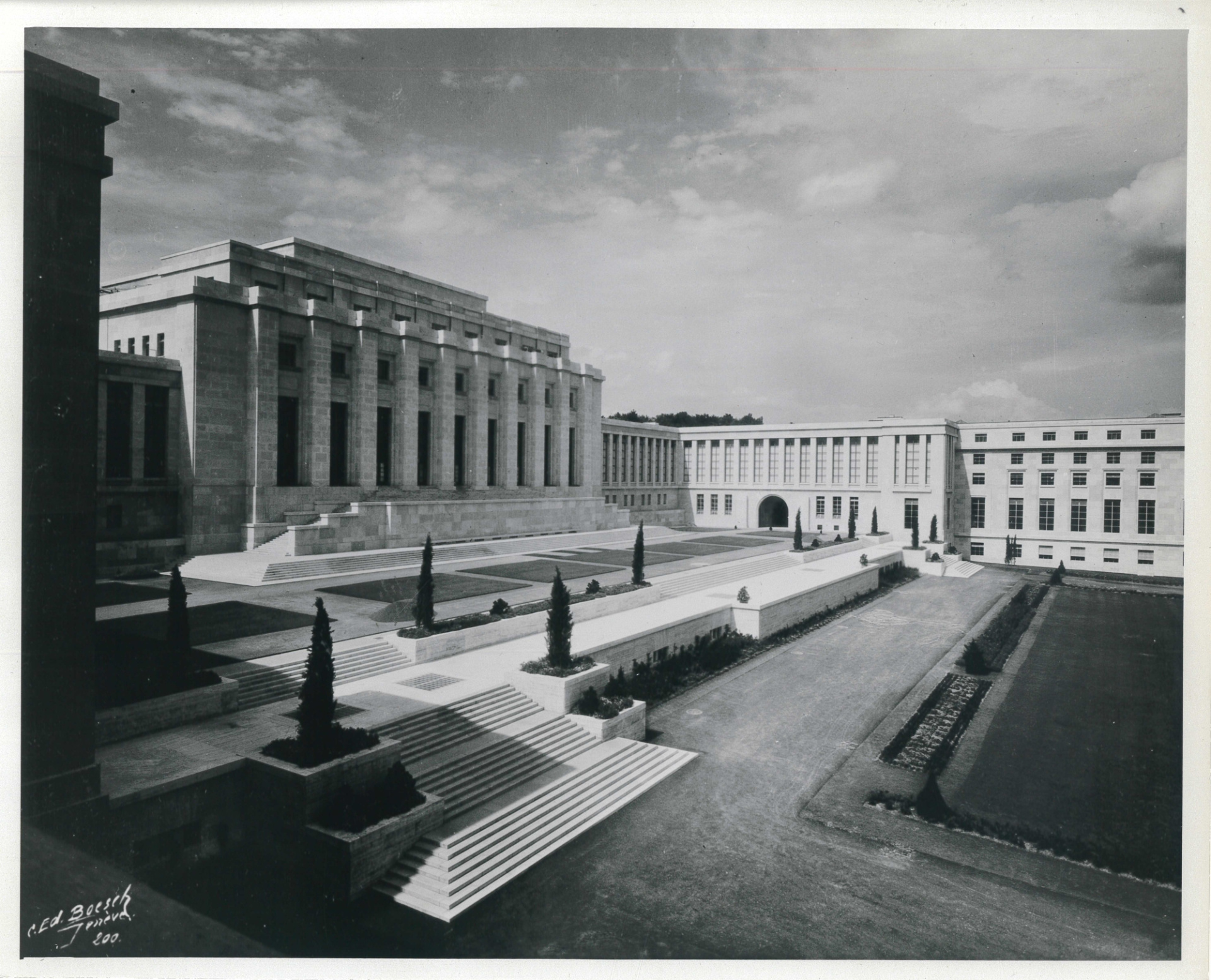
Sobrescribir enlaces de ayuda a la navegación
The founding of the United Nations
The League’s Heritage

The United Nations officially has no connection with the League of Nations. However, some assets – like the League’s headquarters in Geneva, the Palais des Nations – were transferred to the UN. In some cases, activities managed by the League were also taken over by the United Nations or by organs part of the UN system. For instance, the work of the League in fields such as the protection of refugees, global health, the fight against drug trafficking, intellectual cooperation, and social and economic development paved way for the activities of the United Nations. Not surprisingly, some former League staff and diplomats who worked with the League played a significant role in the formative years of the United Nations.
Despite similarities, the functioning of the League of Nations and the United Nations are very different. Among the major differences are the rule of unanimity at the League of Nations versus the rule of the majority at the UN or the UN Security Council’s competence to take binding decisions under certain circumstances. However, as Robert Cecil remarked “but for the great experiment of the League, the United Nations could never come into existence”. Although it is too often associated with a mere failure, the League’s “great experiment” represents a crucial chapter in the history of modern multilateralism, and its legacy is still tangible today.
